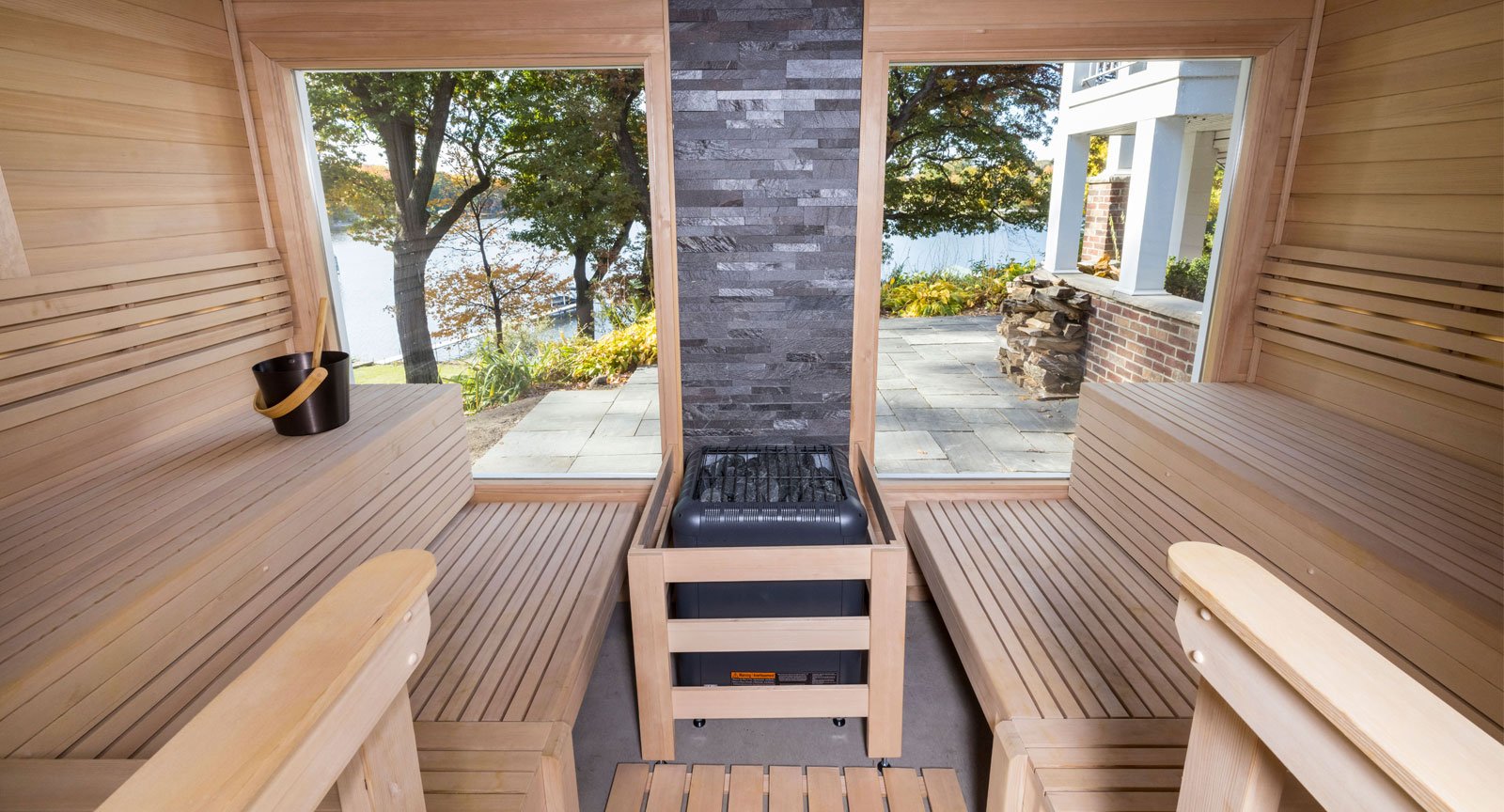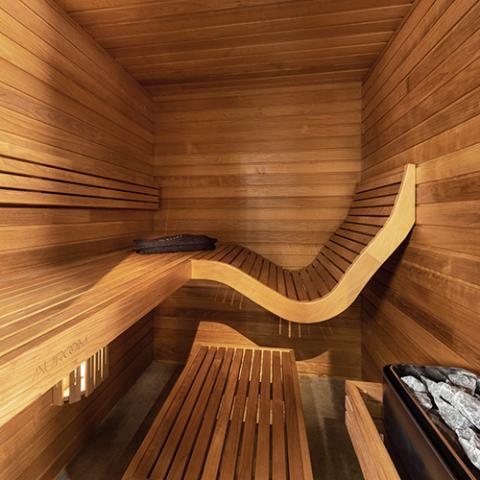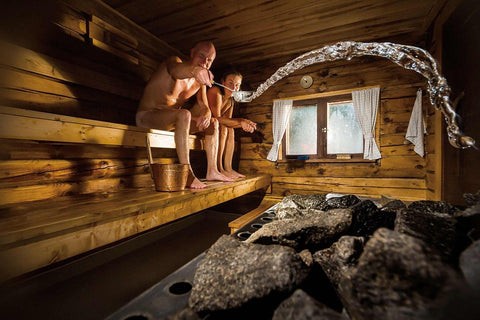All About Traditional Sauna
All About Traditional Sauna
Blog Article
The Buzz on Traditional Sauna
Table of ContentsTraditional Sauna Fundamentals ExplainedThe Main Principles Of Traditional Sauna Getting The Traditional Sauna To WorkLittle Known Questions About Traditional Sauna.Facts About Traditional Sauna Uncovered
Many of the weight lost in a sauna is water loss and is re-gained upon rehydrating. However, without a question sauna can be a vital part of a healthy weight management program. To consider the differences between standard and IR saunas, I will certainly separate these into verifiable, academic, and fabricated distinctions.Thus, the best factor in the saunawhich goes to the ceiling straight over the sauna heateris commonly between 185 and 190 F. Claims that a standard sauna exceeds 200 F is just not true and not relevant for electric saunas marketed in the US. The temperature for a far-infrared sauna is normally set in between 120 and 140 F; nevertheless, unlike the traditional sauna, the objective in and IR room is not to attain a high temperature level.
Due to this, the temperature level distinction is almost pointless, because excessive sweating leads to both sauna kinds, however the technique of heating up the body is various. In an IR sauna the bather will certainly feel hot and will certainly sweat profusely, but at much reduced temperature levels (Traditional Sauna). Hence, if the objective is to spend longer durations of time in the sauna, the IR sauna is a great choice
When a standard sauna has actually been effectively heated up, the sauna wall surfaces are warm, the air temperature has accomplished established temperature and the rocks are incredibly warmed. As an interesting side note, the heated wall surfaces and the rocks are releasing far-infrared heat, integrated with the warmed air, to produce an "enveloping warmth".
All About Traditional Sauna

When the high temperature is achieved, the elements cycle on and off to preserve the high temperature level. Most traditional sauna individuals delight in putting water over the rocks to develop heavy steam to raise sauna humidity degrees. The benefits of putting water over the rocks include: making the area much more comfy, dampening the nasal flows, and permitting the usage of aromatherapy by mixing vital oils with the water.

When the energy gets in the body, it triggers the body temperature to boost and ultimately leads to perspiration. In an infrared sauna it is very important for the emitters/heaters to stay on almost regularly. Given that there is no mass of rocks to preserve warm, the sauna will cool if the emitters shut down.
As pointed out over, the sauna bather in an infrared room desires to position himself before running emitters to get optimal advantage from the warm. The heating time home for the two rooms can be really different, depending on how the areas are used. For a typical sauna, a bather ought to enable 30-40 mins for the room to achieve a preferred temperature level and to correctly pre-heat the rocks.
Excitement About Traditional Sauna
A well built sauna will generally attain a temperature of 150-160 F in regarding 30-40 mins. For hotter temperature levels, the space may need to heat for a longer period.

Conventional Learn More Here saunas tend to be bigger (for this reason utilize more electrical energy) than infrared saunas, although standard saunas are certainly available in one and 2 individual dimensions also. For a two-person standard sauna, 5x6 or 5x7 size is most popular. The top bench can conveniently seat two or three individuals and is likewise enough time to relax during the sauna session.
The Of Traditional Sauna
The ordinary cost per kWH of electricity in the U.S. is approximately $0.11, so a 4.5 kW heater will certainly set you back around $.50 to run for one hour, if the heating system runs continuously for one hour. Commonly a sauna heating system will compete 75% of the very first hour and 50% of succeeding hours on considering that the elements cycle once the established temperature is accomplished.

There is a seldom talked about difference in the social experience between the two areas. While our culture has shed a few of the social advantage of the traditional sauna experience, it can be very socially satisfying (Traditional Sauna). From household time in the sauna, to heart-felt discussions with better halves, to sauna partiesthe typical sauna experience can lead to intimate interacting socially
Traditional Sauna Can Be Fun For Everyone
The majority of higher end infrared rooms consist of tinted light therapy, noise systems and full-glass fronts.
Report this page